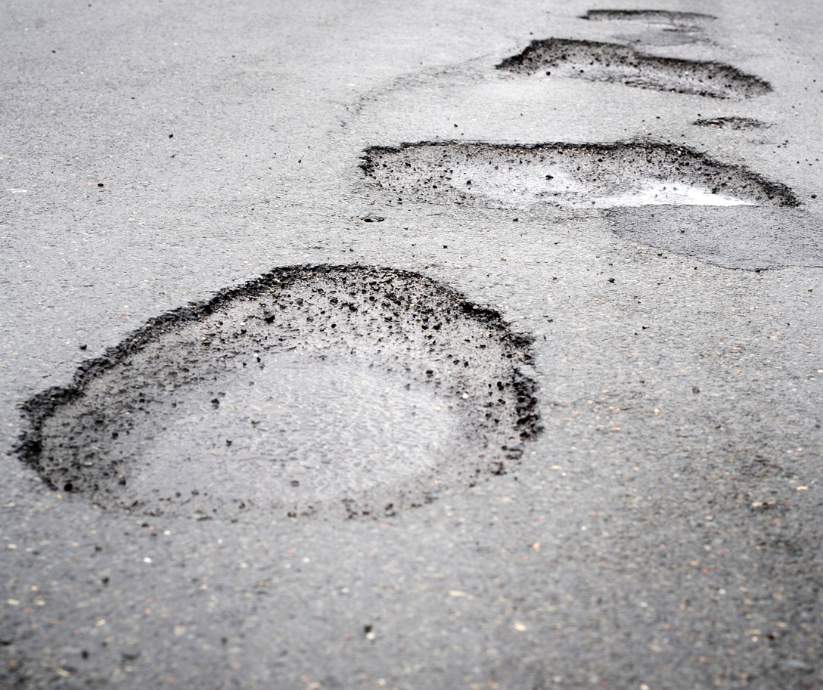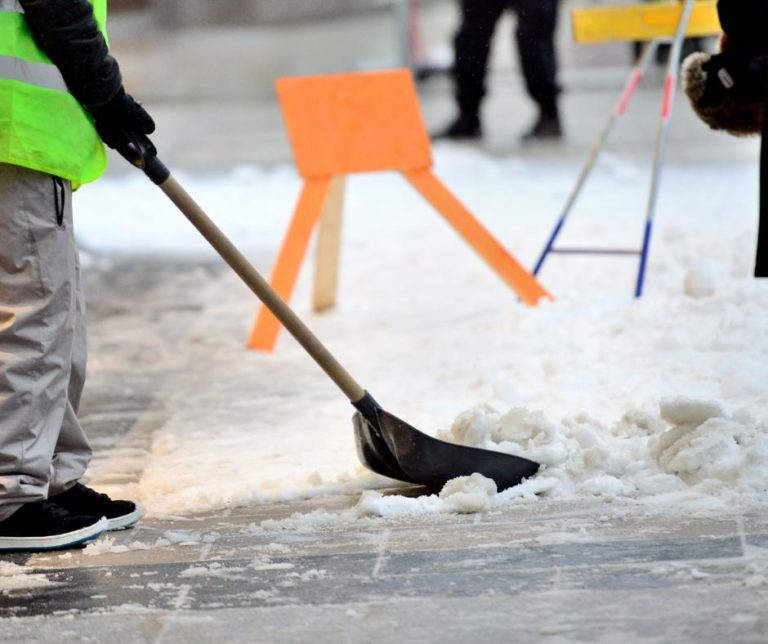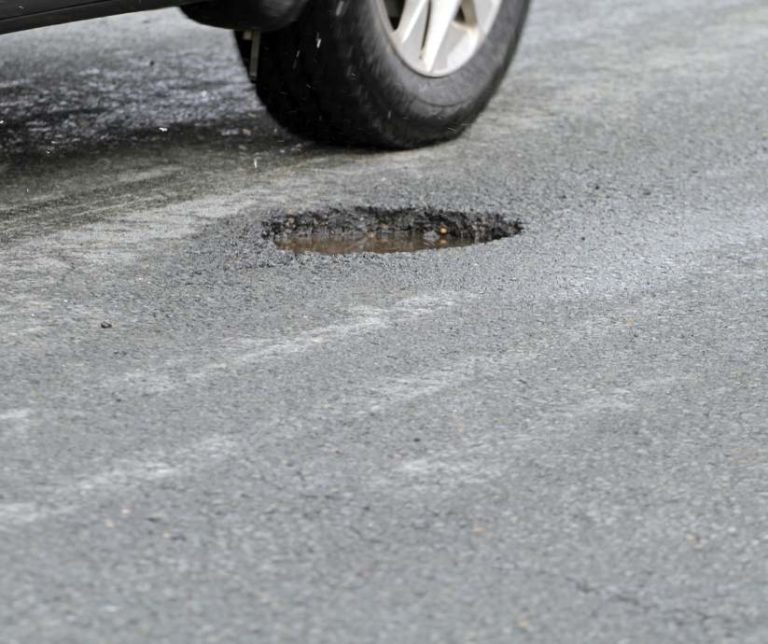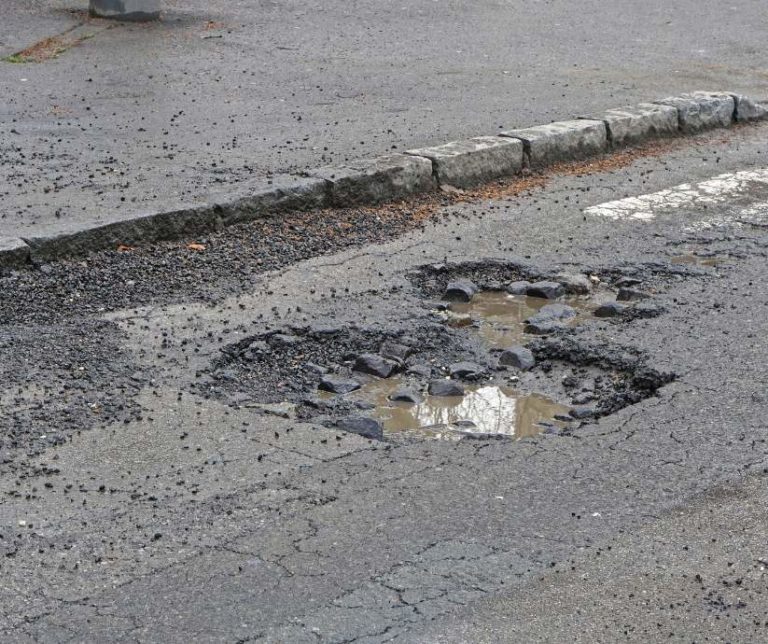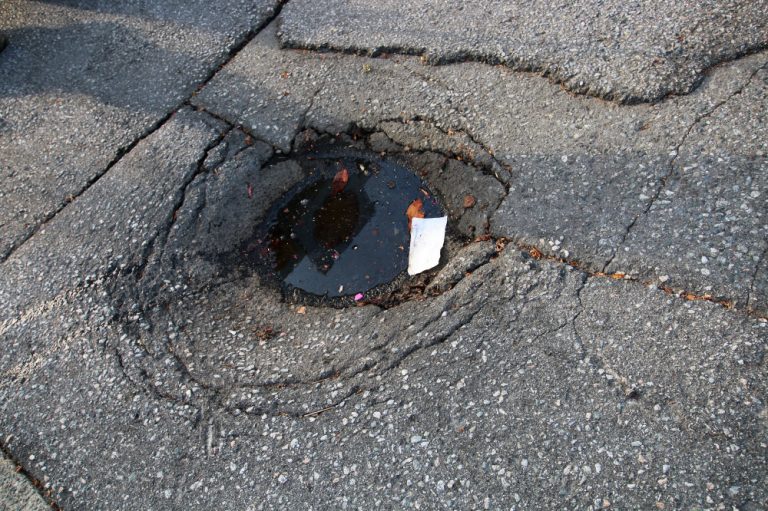Understanding the Impact of Different Climates on Pothole Formation
Welcome to our comprehensive guide on pothole repair strategies for various climates!
At Burnaby Blacktop, we know that different weather conditions require unique approaches to asphalt maintenance. Whether it’s the freezing winters, scorching summers, or relentless rain of British Columbia, each climate poses distinct challenges for maintaining smooth and safe roads.
In this guide, we’ll try to explore how weather impacts pothole formation and provide effective repair techniques tailored to specific climates. If you continue reading, you’ll gain insights into the best practices for addressing pavement issues in cold, hot, wet, and transitional climates, ensuring your asphalt surfaces remain durable and safe all year round.
Weather and temperature fluctuations play a significant role in the formation of potholes. That is why, our goal is to equip you with the knowledge and strategies needed to make informed decisions about asphalt maintenance, ensuring longevity and safety for your pavement. From understanding the impact of different climates on pothole formation to exploring advanced repair methods, this guide provides a thorough look at how Burnaby Blacktop can help you maintain smooth and durable asphalt surfaces all year round.
How Weather and Temperature Fluctuations Contribute to Pothole Formation
Potholes form when water seeps into cracks in the asphalt surface. During colder weather, this water freezes and expands, causing the cracks to widen. When the ice melts, it leaves behind larger gaps and voids. As vehicles drive over these weakened areas, the asphalt breaks down further, eventually forming a pothole. This freeze-thaw cycle is a major contributor to pothole formation in regions with cold winters.
In hot climates, the asphalt can soften and become more pliable, making it susceptible to damage from heavy traffic. The intense heat can cause the asphalt to expand and contract, leading to cracks and, eventually, potholes.
Wet climates pose a different set of challenges. Constant moisture can weaken the asphalt, and water infiltration can erode the underlying layers of the pavement, causing the surface to collapse and form potholes.
